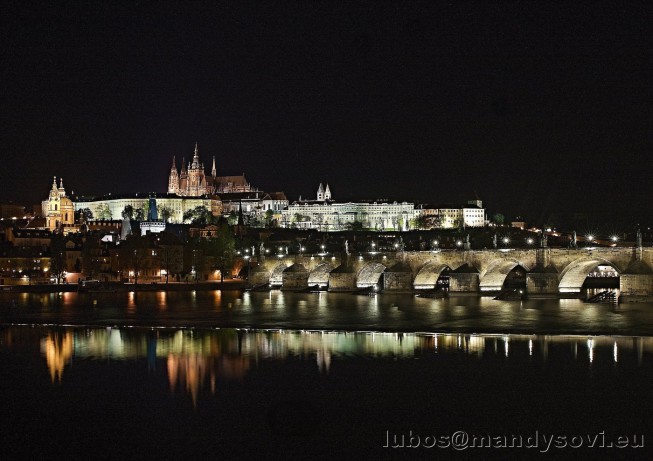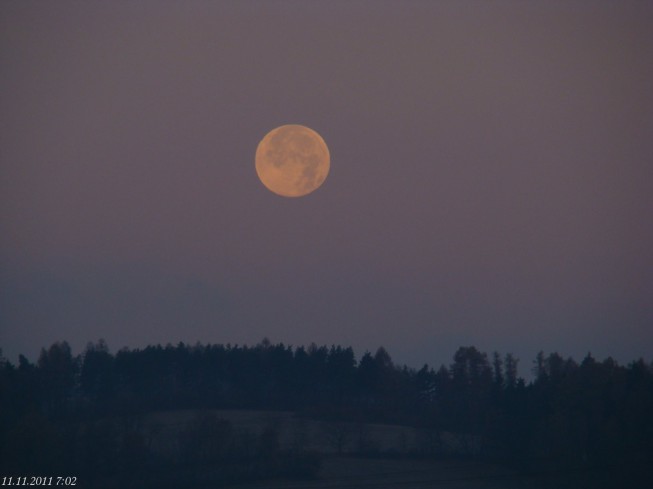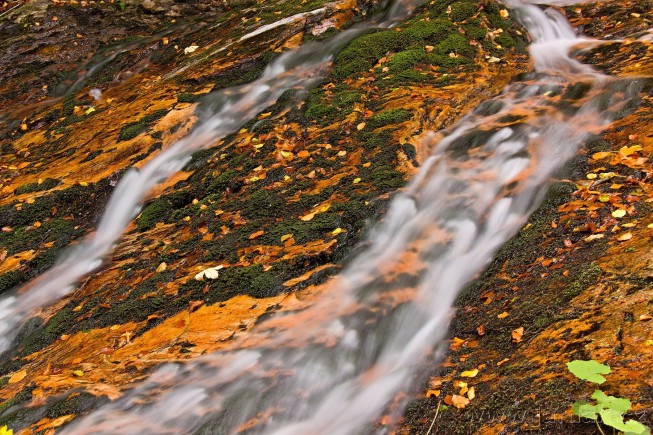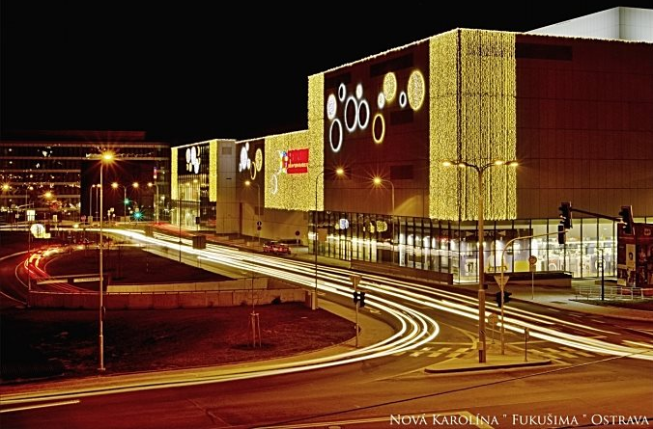Long Exposure Photography

Where do short exposures end and long exposures begin? Actually, there’s no precise definition. But we’ll try to present our own. We’ll call exposures long when they manage to capture motion in a picture. That is when motion blur is visible somewhere in the scene. Of course like any rule worth its salt, this rule has exceptions.
What Deserves a Long Exposure?
There are a lot of things that you can photograph with long exposures. But some are more popular than the rest. These include running water in mountain streams, beaches, busy city streets, cities at night, a full moon over the countryside, and “spinning” stars in the sky. Long exposures give all of these a special flavor.
The Right Stuff
You’ll need certain equipment for long exposures. First, use a camera offering advanced settings. A DSLR for example, or an advanced compact or a mirrorless. In other words, a camera that lets you set exposure time manually. Ideally use one offering full manual mode—marked with an M.
Also: nobody can hold a camera still for more than a few seconds. So you should definitely bring a tripod. Another useful, though not as essential, aid is a remote shutter release. These are made for just about all cameras and come in wired and wireless variants. They let you avoid unwanted camera tremors caused by pressing the trigger directly on the camera.

What if I Don’t Have This Stuff?
There is still something you can do! First, if you use a DSLR, turn on mirror lock-up. This will make the shutter wait to open up until typically about a second after the mirror has flipped.
Then set the camera on something solid and photograph the scene that way. Keep in mind during this that the camera is being held in place not by a screw, but just by gravity. Even the slightest tremor, such as the flipping up of the mirror (if you have a DSLR), can give you a blurry photo.The above-mentioned settings change prevents precisely this problem. If you use a compact, then of course this whole complication falls by the wayside. Just set the self-timer, set focus to infinity in advance, and set your camera on your makeshift “tripod.”
Long Exposure Basics
To take pictures with long exposures, you need suitable light conditions.
Before taking the picture, think about what you’re photographing, and how much time will be needed to capture the scene. Running water needs less time than a night landscape. If there’s a lot of light, you can lengthen the exposure by lowering the ISO, tightening the aperture, or using gray filters. But try to simply take your pictures under ideal conditions instead.
But what are ideal conditions? It’s time for us to be more specific.
A Shining Country Moon
We’ll be honest: this long exposure type is hard. To take a picture of a full moon only takes about 2 seconds at an f-stop of 9 and an ISO of 100. Because of this, there will need to be some light shining on the landscape beneath the moon as well. That’s why the ideal time for these shots is just after the sunset, when the last rays of the sun are still there, but the moon is starting to shine.

Running Water
Your classic running-water photo shows a mountain stream hidden in the forest. For quickly flowing streams, a second is enough to get “milky” water… but more is not a mistake.

Roads and Streets
If your goal in photographing cars on a road or street is to paint a tangle of red and white lines, then you have to keep in mind how often cars drive down it. For heavy traffic, you’ll need roughly 5+ seconds.

Rotating Stars
To capture the Earth’s rotation, you’ll need more than the old 30-second shutter. You’ll actually need 10 minutes and up. Use full manual mode with time set to “bulb,” and a wired or wireless remote shutter release. Also, choose a moonless night.
Motion, Motion, Motion…
Long-exposure photography is entirely based on motion. You need to keep in mind what you want to have sharp in the photo, and what you want to have blurred. Also, keep an eye on the histogram in your camera, and adjust the shutter and aperture accordingly.
We wish you lots of great long-exposure photos!

There are no comments yet.